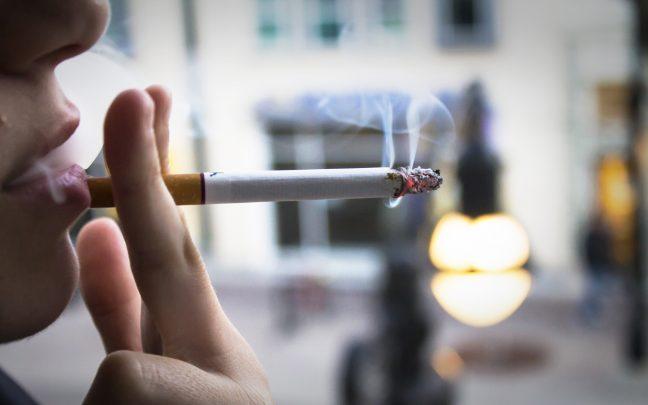President Trump signed a bill federally prohibiting the sale of tobacco products — including e-cigarettes — to people younger than 21. Prior to this bill, the national law minimum to purchase tobacco products was 18, although 19 states had already raised it to 21.
The bill was in response to the teenage vaping epidemic. Traditional smoking had been all but eliminated from the youth — down 74% from 1997 — but the use of e-cigarettes has not followed suit.
Unlike similar previous industry restricting laws, the 21-year-old purchase age went into effect immediately without leaving a grace period for stores to adjust. Additionally, because Wisconsin law states the minimum age as 18, law enforcement agents are incapable of enforcing the new law, leaving Wisconsin grocers and convenience store owners in a confusing legal gray area. As of now, it has been left up to the individual stores to choose whether or not to implement the new age policy.
Considering the incredible progress made in ending smoking, it is depressing to see communities fall back into nicotine use. However, instead of cigarettes and tobacco, vaping has become a new crisis. Its cremé brulee and lychee ice flavored e-cigarettes have become much more appealing to kids and teens than wood chippy tobacco.
As much as we like to think we are full-grown adults, the adolescent brain is still in a developmental stage until a person’s mid-20s, leaving teens and young adults much more vulnerable to addictive substances. Wisconsin already has above-average smoking rates of 16% — higher than the 14% national average — and e-cigarette use is up 154% from 2014-2018 for Wisconsin high schoolers. Raising the state law to 21 will help significantly and has already worked in other states across the country.
Needham, Massachusetts was the first community to raise the tobacco sale age from 18 to 21. Following the change, habitual smoking among youth dropped 62%. In 2015, the National Academy of Medicine conducted a study that reported a nearly 15 percent decrease in smoking initiation rate in people ages 18-20.
There is a bill circulating the state to raise the sale age to 21 with bipartisan support.
The argument could be made that at 18, a person can make much more important and serious decisions than whether or not to buy cigarettes or JUUL pods. At 18, individuals can vote for their preferred presidential candidate, open a bank account and enlist in the army. However, the key difference is addiction is not a choice. Quitting is not easy, and while tobacco may be legal, there are still life-altering withdrawal effects.
Considering that 95% of all smokers (or vapers) have already smoked their first cigarette by the time they turn 21, raising the sale age to 21 could help save the lives of Wisconsin residents and UW students. In a divided country, this is a uniting campaign that benefits everyone — young smokers, parents and vulnerable youth.
FDA’s shortcomings in face of opioid epidemic have state-wide consequences
Dr. Michael Fiore, head of the University of Wisconsin Center for Tobacco Research and Prevention, stated that the new bill may not solve the problem, but “[it] will save lives in Wisconsin and help protect kids.”
If the state of Wisconsin is going to work to combat smoking, the University of Wisconsin should adapt too. While smoking may be less prevalent than alcohol on campus, it is just as dangerous and addictive. UW has a strong alcohol education program that every incoming student must complete. A similar program, outlining the effects of smoking/vaping and nicotine addiction would go miles in preventing new smokers.
Smoking is a silent killer, and no user starts smoking with the goal of getting addicted. Teenagers start because they are curious or want to look cool, and everyone just assumes they are the odd one out, that they are different. Our generation almost eradicated nicotine addiction — why quit now?
Jonah McGarvey ([email protected]) is a freshman studying political science.














